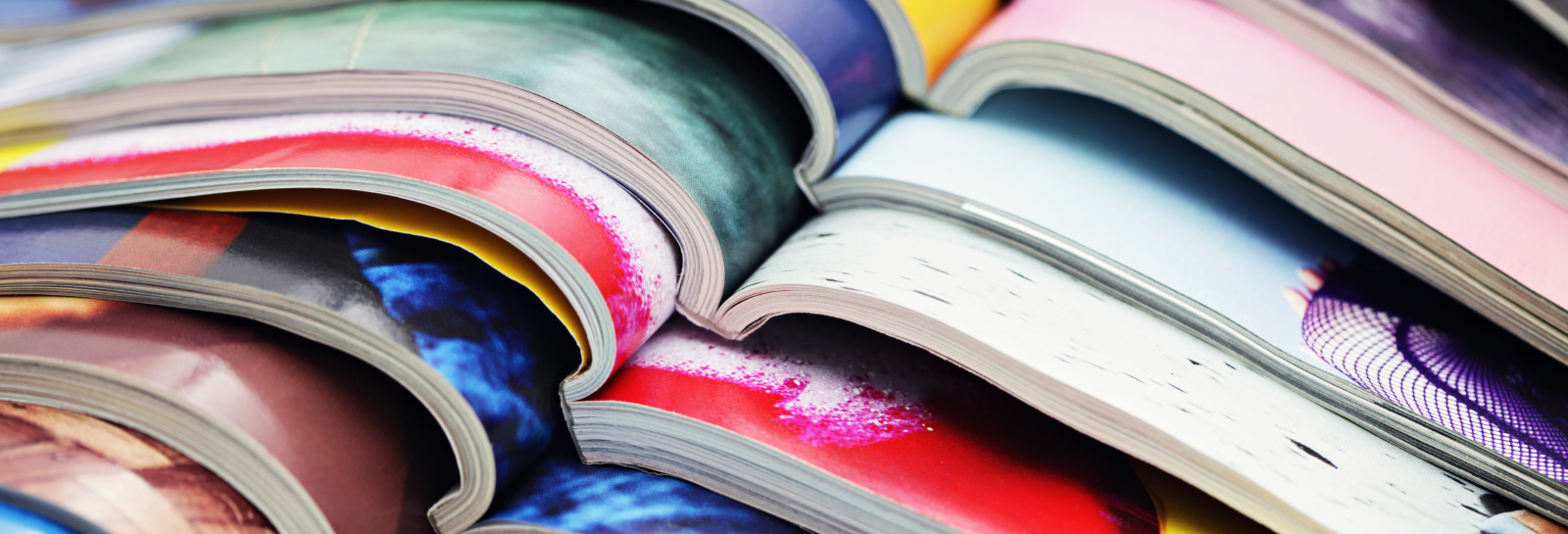The word “design” is right there in the word “redesign,” so I won’t fault anyone for thinking of magazine redesigns as primarily a visual endeavor.
But I will challenge you to think more deeply about the role editors and other content creators can play in creating a truly reimagined magazine redesign. The best, freshest redesigns feel that way because they’re more than a fresh coat of paint — or a new set of fonts, for that matter.
1. In a magazine redesign, everything is fair game
If you work on a magazine — particularly if you’ve put in years sweating every narrative lede and back-page kicker — it’s easy to get attached.
Passion is good, but pair it with strategy as you take on the magazine redesign process. Look at what your audience is telling you they want through feedback or, preferably, analytics and audience research. Look at your competitors. Assess your mission, and apply it to your entire run of book. Then, if a front-of-book department or recurring feature no longer matches that mission or your current audience’s needs, be willing to change.
Occasionally, those changes will affect the entire magazine. In a redesign a few years back, MIT Technology Review decided to go all-in on themed issues, a move that required not only structural changes but also a new approach to editorial planning.
“The ability to do a thorough job of communicating the societal and business impact of technology is going to be really important,” CEO and Publisher Elizabeth Bramson-Boudreau told Folio. “So a really wonderful way of doing that is to take a tough issue, like blockchain or artificial intelligence or the impact that tech is having on the economy, and treat it in a single issue from a whole bunch of different perspectives.”
Whether you love or loathe theme issues, the willingness to go big on editorial changes in anticipation of audience needs is a worthy effort.
2. Don’t forget: Editorial affects design
Changes don’t always have to be so sweeping.
Take your feature well, for example. Let’s say you want to keep it largely intact, but you’ve noticed a trend: Your writers are getting wordier. Your stories feel like a wall of text.
There are design solutions for this, naturally, but they often begin with editorial choices. Assess the story word counts you’ve been assigning, and shrink it if you need to. Add variety by speccing sidebars, pull quotes, subheads, mini-infographics and other items that break up density and improve the reader experience.
Think about your calls to action. Are they buried at the end of every story? Could they benefit from more playful wording and more prominent (disruptive) placement?
Create a road map with your art director as you walk through the magazine design. All of these choices are best made through such collaboration. The best relationships and redesigns don’t come from individuals working in isolation, but from true teams who think about how their part of a creative effort affects every other part.
3. Print is part of a whole — and an experience on its own
Chances are high your magazine is part of a larger content program. When thinking about a magazine redesign, plan for how changes in the print pub will affect changes elsewhere.
National Geographic’s 2018 redesign offers lessons. The publication’s reputation and longevity are largely built on the value of the image, so visual storytelling became an emphasis for the creative staff both on the page and on the screen.
Case in point: The “Through the Lens” department tells the story behind one well-known photograph, such as adventure photographer Cory Richard’s post-avalanche self-portrait. Magazine readers get the harrowing story of an instantly recognizable photo (for that audience). Digital readers get bonuses such as a video featuring Richards discussing the experience.
But even with an increased emphasis on cross-channel planning, don’t forget to emphasize what print does that no other channel can do: tangible, hold-it-in-your-hand engagement. Perhaps that’s why National Geographic upgraded its paper stock, increased its photo essays and other visual content, and made every editorial effort to ensure that the piece that arrives in your mail is an experience unto itself.
Looking for more inspiration as you plunge into your magazine redesign? Read up on how these print magazine design trends are fueling a renaissance on newsstands across the country.





